
John Fry is a student at Harvard Law School.
In recent months, courts across the country have continued to hear employers’ claims that the NLRB’s structure violates the Constitution. To date, no circuit court has endorsed the attacks. While most courts, especially outside of Texas, have rejected the challenges, that geographic pattern is no longer uniform. In addition, at least one court has endorsed a novel theory that protects the agency from injunctions.
PG Publishing (W.D. Pa.)
The NLRB sought a 10(j) injunction against the Pittsburgh Post-Gazette in order to halt alleged unfair labor practices. In response, the newspaper challenged NLRB Members’ and ALJs’ removal protections as unconstitutional. In a terse text-only docket entry, the Western District of Pennsylvania rejected the company’s claims:
While PG’s positions are not outlandish by contemporary standards, this Court declines its invitation to ignore nearly a century’s worth of settled jurisprudence . . . Although respect for stare decisis appears less “in vogue” as of late, there is something to be said for tradition. The undersigned will continue to respect it.
VHS Acquisition (D.D.C.)
Judge Trevor McFadden of the District Court for the District of Columbia has ruled that the removal protections applying to administrative law judges at the NLRB are unconstitutional (opinion here), but that this constitutional defect does not allow employers to halt NLRB proceedings (opinion here). McFadden’s rulings broke new ground in two ways. He was the first judge outside the Fifth Circuit to declare the ALJ protections unconstitutional. But he also appears to be the first judge (a Trump appointee, no less) to agree with the NLRB that the Norris-LaGuardia Act protects the agency from injunctions.
The Supreme Court’s 2010 decision in Free Enterprise Fund prohibited “two layers of good-cause tenure” for agency officials. In that case, the President could not fire members of the Public Company Accounting Oversight Board without piercing two layers of tenure protection: the PCAOB members’ own protection, and the protection of the Securities and Exchange Commissioners overseeing them.
ALJs at the NLRB also enjoy two layers of protection. The federal Merit Systems Protection Board can only remove them for cause, and the President can only remove MSPB members for cause. This similarity to Free Enterprise Fund led McFadden to hold the protections unconstitutional, a rationale mirroring that in the Fifth Circuit’s Jarkesy decision.
The Free Enterprise Fund Court itself, however, declined to apply its holding to ALJs, in part because “many [ALJs] . . . perform adjudicative rather than enforcement or policymaking functions.” Free Enterprise Fund was about the President’s freedom to wield executive power, which NLRB ALJs lack: they don’t decide how to interpret the NLRA or whom to charge with violating it.
But McFadden held instead that “[if] an officer is in the Executive Branch, he is wielding the executive power.” Because “[i]nterbranch commingling is not condoned by the Constitution,” on McFadden’s formalist view, there is no such thing as a “judicial officer” within an executive agency. Accordingly, he ruled that the NLRB must be allowed to fire ALJs at will, without showing that good cause exists for the removal.
However, despite declaring the ALJ structure defective, McFadden declined to halt the agency’s proceedings. McFadden ruled that the Norris-LaGuardia Act (“NLA”) barred injunctive relief against the agency. In 1932, three years prior to passing the National Labor Relations Act, Congress enacted the NLA in order to curb federal courts’ practice of granting injunctions against workers’ strikes and picket lines. The NLA prohibits federal courts from granting injunctions “in a case involving or growing out of a labor dispute” unless several demanding conditions are met.
McFadden reasoned that the NLRB proceeding at issue did arise from a “labor dispute,” and that the employer suing the agency could not meet the NLA’s requirements. A union had accused the employer of ULPs, leading the NLRB to issue a complaint against the employer. Because the ULP allegations related to terms of employment, McFadden ruled that the proceedings fell within the broad definition of “labor dispute” that courts have created.
The NLA therefore required the employer to show that “substantial and irreparable injury” to its property would occur without an injunction. The excessive ALJ removal protections, while unconstitutional in the abstract, did not constitute such an injury according to binding precedent from the District of Columbia Circuit, so the NLA precluded any injunction, according to McFadden.
Starbucks (Third Circuit)
After the NLRB ruled that Starbucks had unlawfully fired two union supporters, the company petitioned for review in the Third Circuit, challenging the agency’s ALJ protections and the Board’s new remedial framework developed in its Thryv decision. In a ruling last month, the court rejected the ALJ challenge on now-familiar grounds: the company lacked standing due to a lack of causation, per Collins v. Yellen. Even if there were a constitutional issue with the ALJs, no evidence existed that the President wanted to remove an ALJ but was prevented from doing so, thus preventing Starbucks from raising the issue.
The Third Circuit also rejected the Thryv framework, which compensates wronged employees for all “direct or foreseeable harms,” such as out-of-pocket medical bills following termination, and not merely lost wages. However, the court did not rely on constitutional arguments, instead ruling that Thryv exceeded the agency’s statutory authority under the NLRA.
Macy’s (Ninth Circuit)
Relatedly, upon review of a ULP case against Macy’s, a Ninth Circuit panel decided on Tuesday that Thryv did not violate the Seventh Amendment right to trial by jury. While numerous employers have raised the jury argument following the Fifth Circuit’s and Supreme Court’s decisions in Jarkesy (regarding jury rights in SEC fraud cases), the Ninth Circuit rejected the claim. The majority opinion held that Thryv remedies compensate employees for violations of the “public rights” conferred by labor law, making the Seventh Amendment inapplicable. The Supreme Court has found the NLRA to fall within the public rights doctrine since 1937.
YAPP USA (Sixth Circuit)
After the Eastern District of Michigan rejected YAPP’s challenge to the NLRB’s removal protections in September, the company appealed to the Sixth Circuit, which affirmed. In a unanimous panel decision, the court cited the same lack of causation (per Collins) as the Third Circuit cited in Starbucks.
Lucid (D. Ariz.)
After the United Auto Workers accused electric vehicle maker Lucid of committing ULPs, the NLRB issued a complaint against the company, leading Lucid to challenge NLRB Members’ and ALJs’ removal protections. The District of Arizona rejected these challenges in a December ruling.
Relying on Ninth Circuit precedent, the court first explained that Free Enterprise Fund’s two-layer removal holding does not apply to ALJs. Second, the court held that the Supreme Court’s 1935 ruling in Humphrey’s Executor continued to authorize NLRB Members’ independence, because the case blessed independent, bipartisan, multi-member expert agencies.
Trinity Hospital (W.D. Mich.)
The NLRB sought a 10(j) injunction against Trinity Hospital, alleging significant ULPs, leading the hospital to respond that the agency’s structure violates the Constitution. The Western District of Michigan rejected the hospital’s claims. First, the court found a lack of causation, on the same theory discussed above. Second, the court rejected the constitutional challenges on the merits. The court held that Free Enterprise Fund did not apply to ALJs and that Humphrey’s Executor rendered Board Members’ independence constitutional.
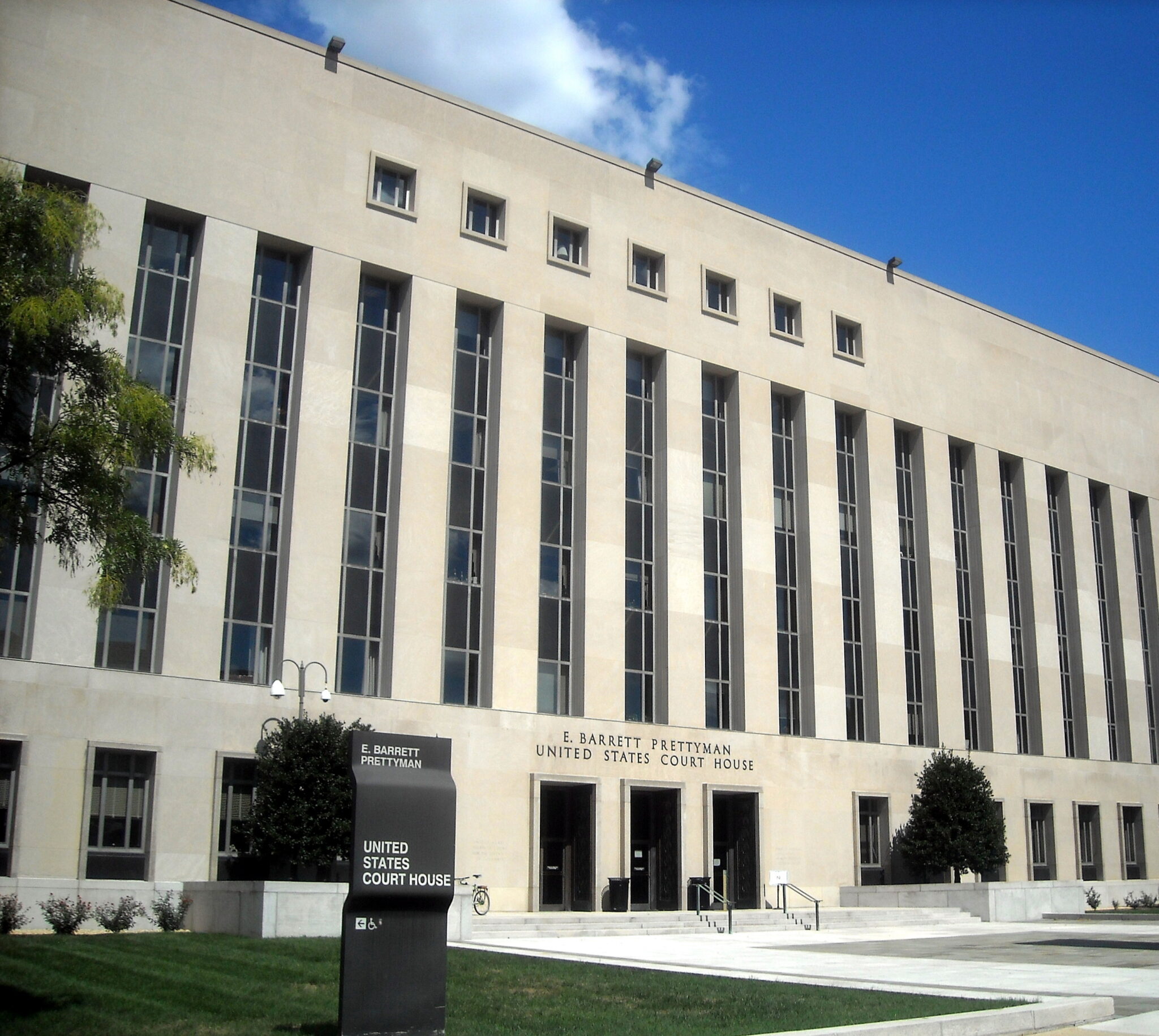
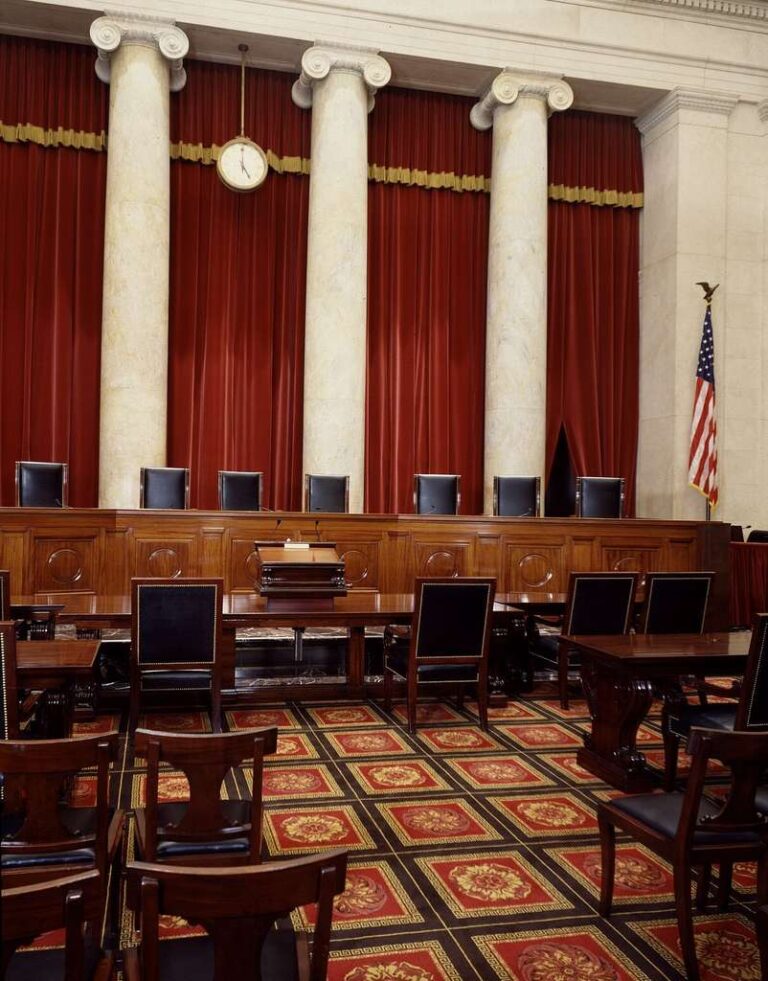
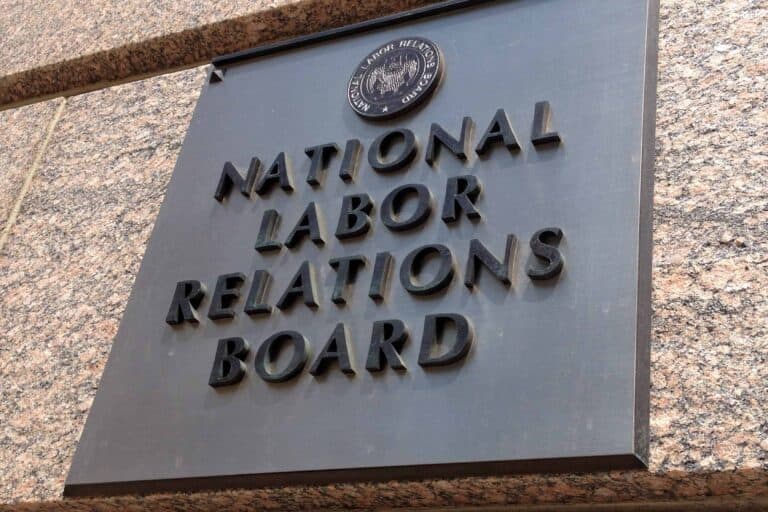

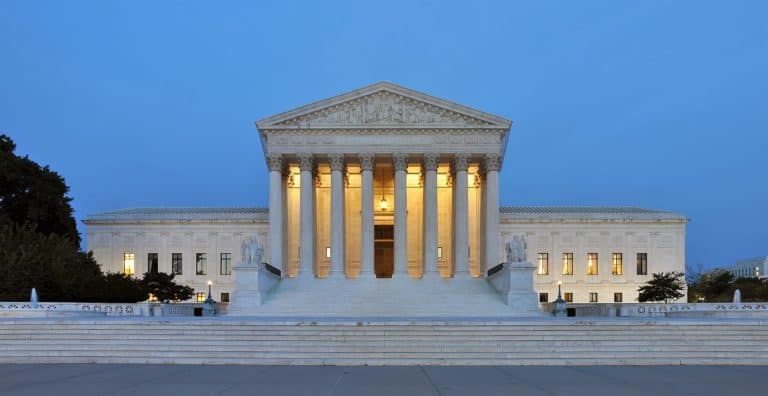
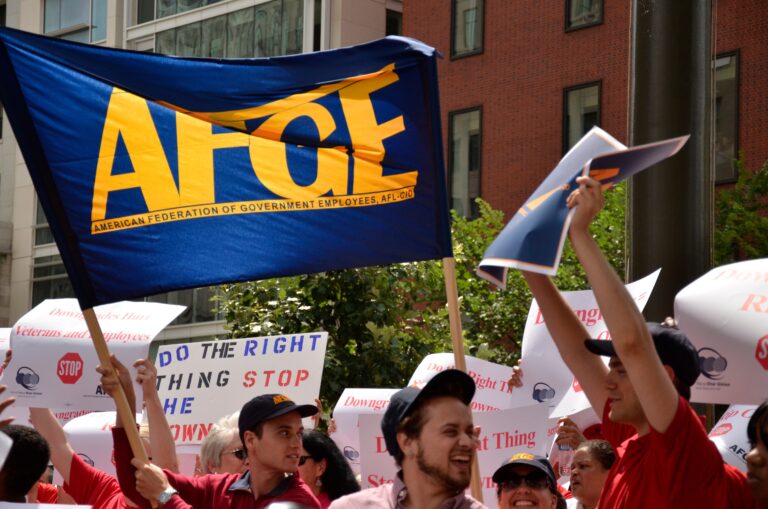
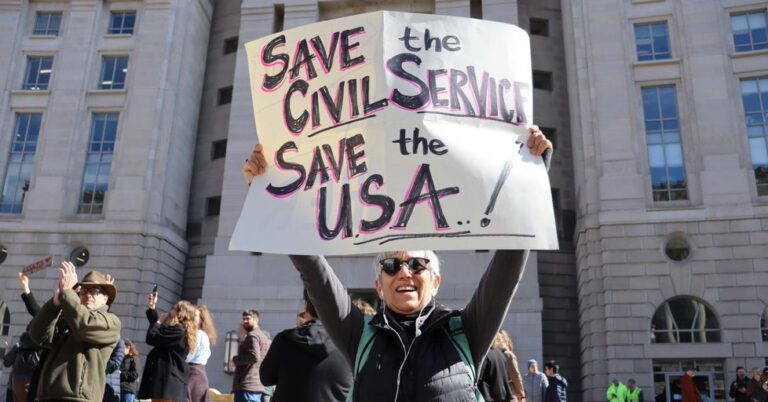
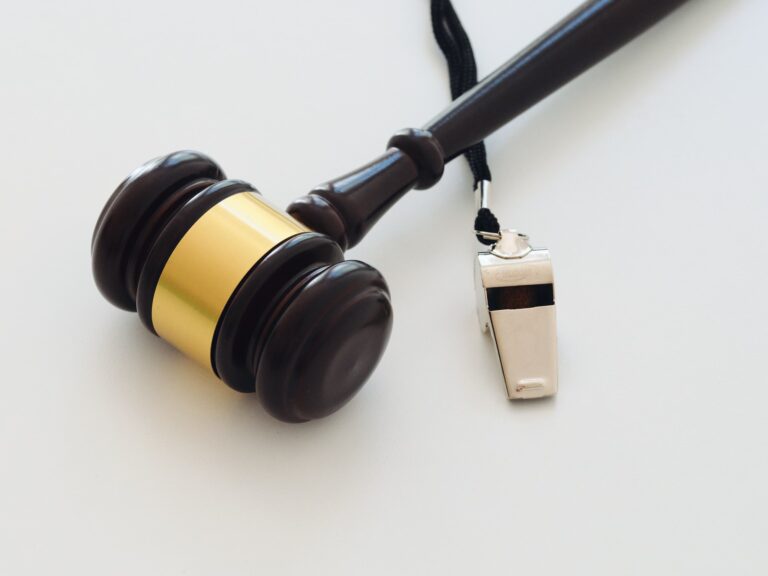

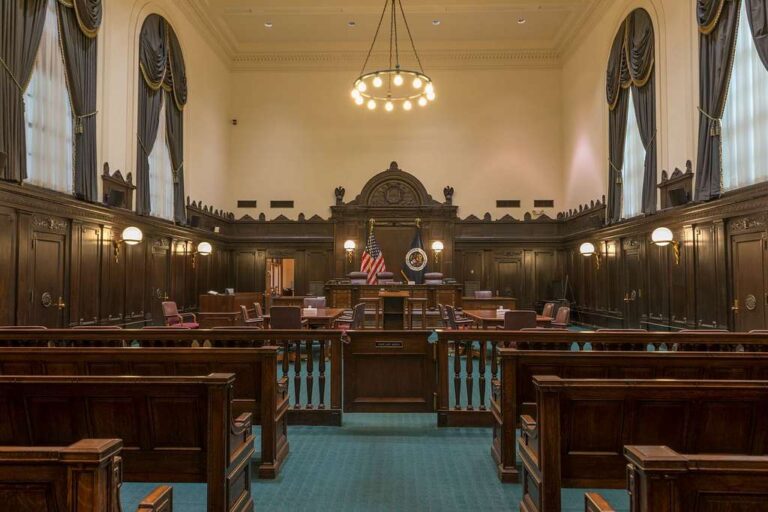
Daily News & Commentary
Start your day with our roundup of the latest labor developments. See all
December 4
Unionized journalists win arbitration concerning AI, Starbucks challenges two NLRB rulings in the Fifth Circuit, and Philadelphia transit workers resume contract negotiations.
December 3
The Trump administration seeks to appeal a federal judge’s order that protects the CBAs of employees within the federal workforce; the U.S. Department of Labor launches an initiative to investigate violations of the H-1B visa program; and a union files a petition to form a bargaining unit for employees at the Met.
December 2
Fourth Circuit rejects broad reading of NLRA’s managerial exception; OPM cancels reduced tuition program for federal employees; Starbucks will pay $39 million for violating New York City’s Fair Workweek law; Mamdani and Sanders join striking baristas outside a Brooklyn Starbucks.
December 1
California farmworkers defend state labor law, cities consider requiring companies to hire delivery drivers, Supreme Court takes FAA last-mile drivers case.
November 30
In today’s news and commentary, the MSPB issues its first precedential ruling since regaining a quorum; Amazon workers lead strikes and demonstrations in multiple countries; and Starbucks workers expand their indefinite strike to additional locations. Last week, the Merit Systems Protection Board (MSPB) released its first precedential decision in eight months. The MSPB had been […]
November 28
Lawsuit against EEOC for failure to investigate disparate-impact claims dismissed; DHS to end TPS for Haiti; Appeal of Cemex decision in Ninth Circuit may soon resume